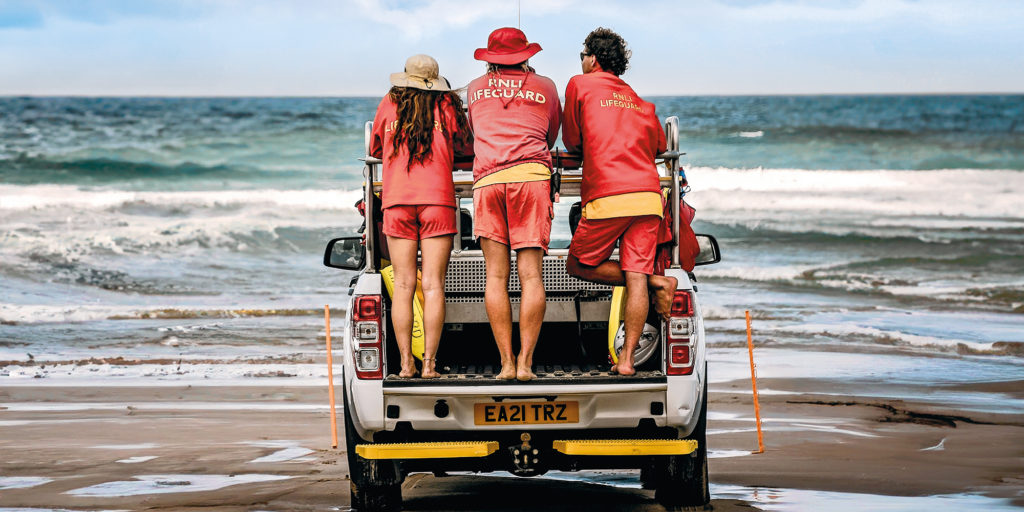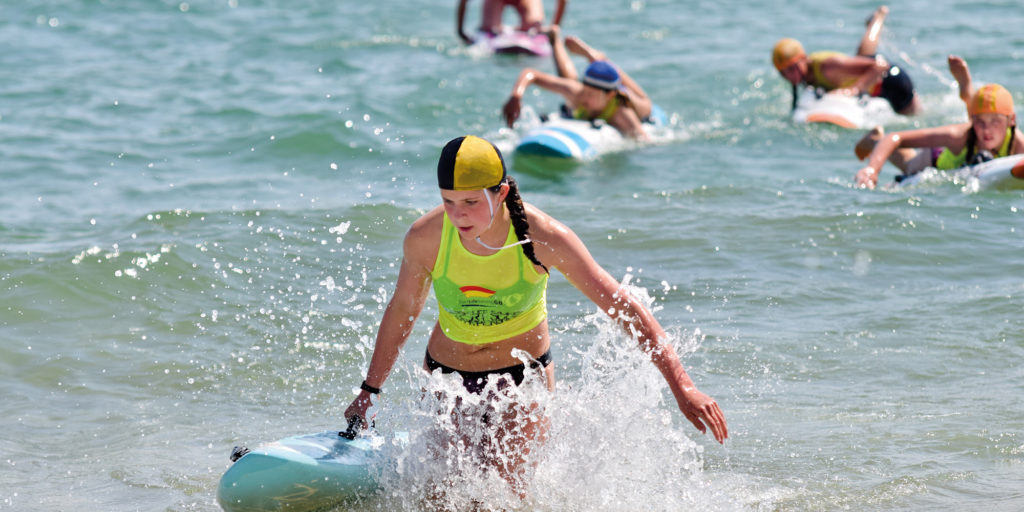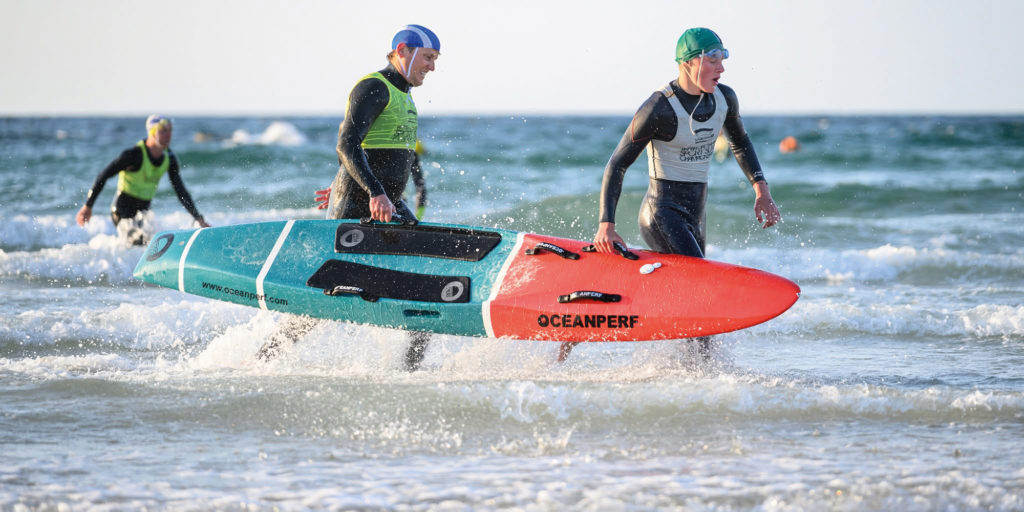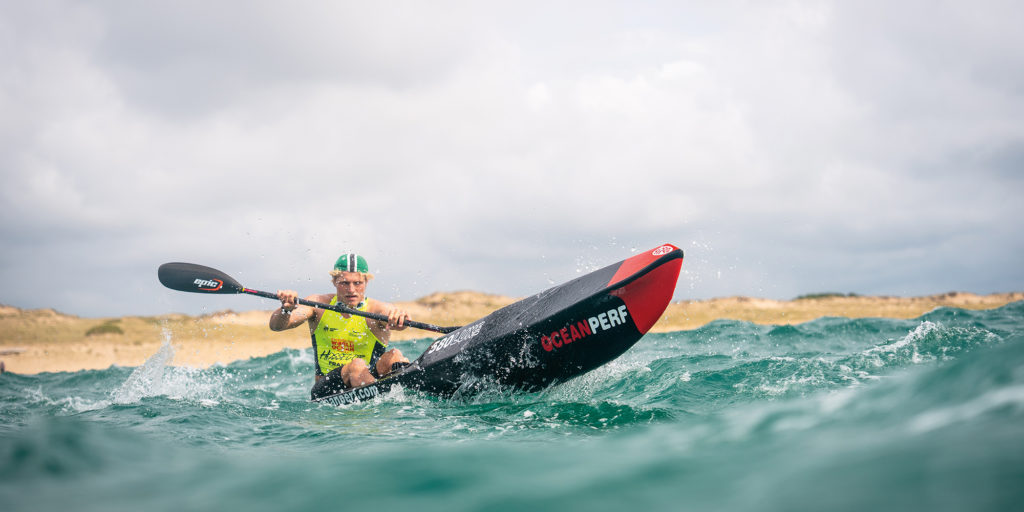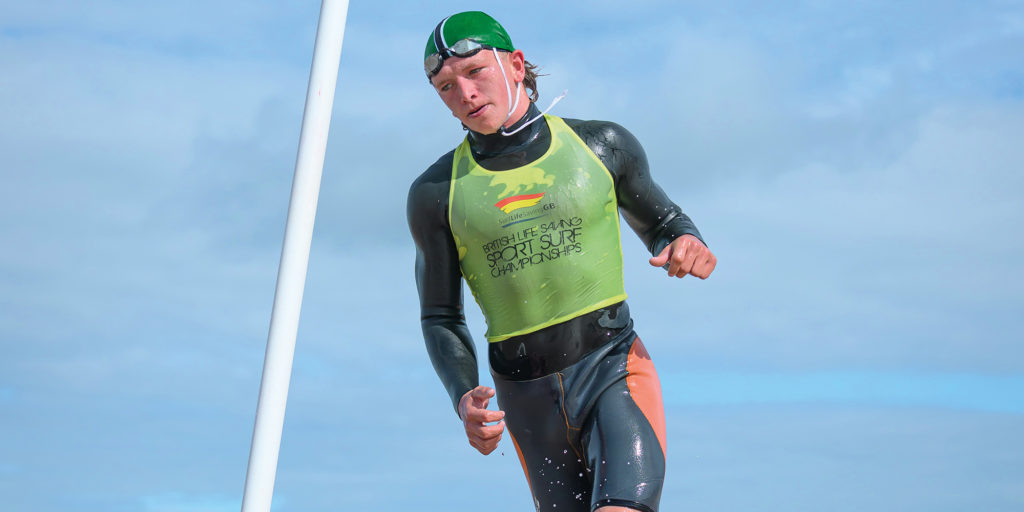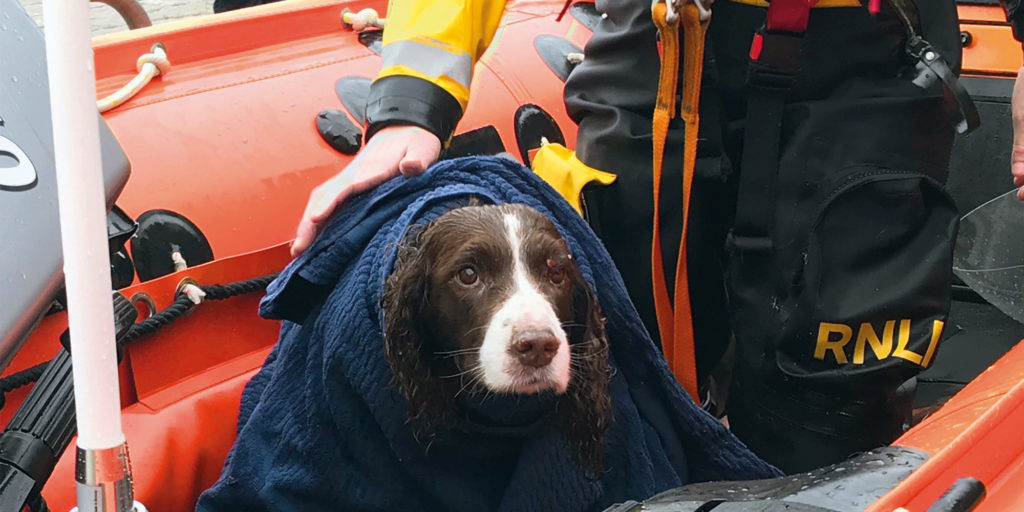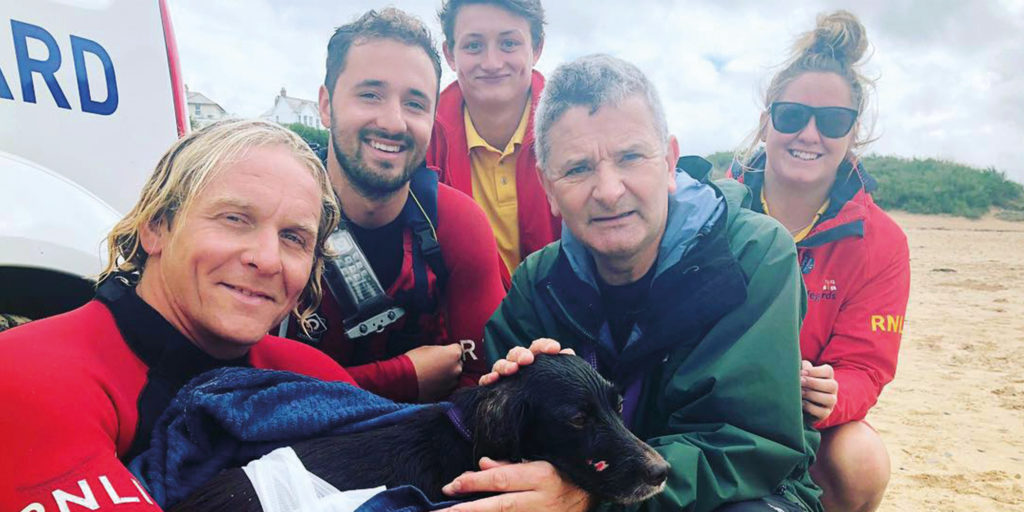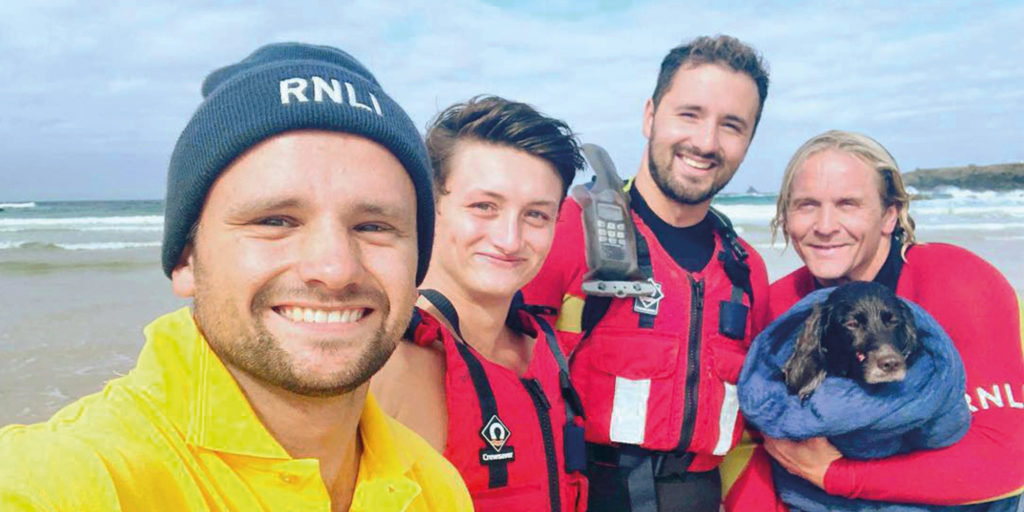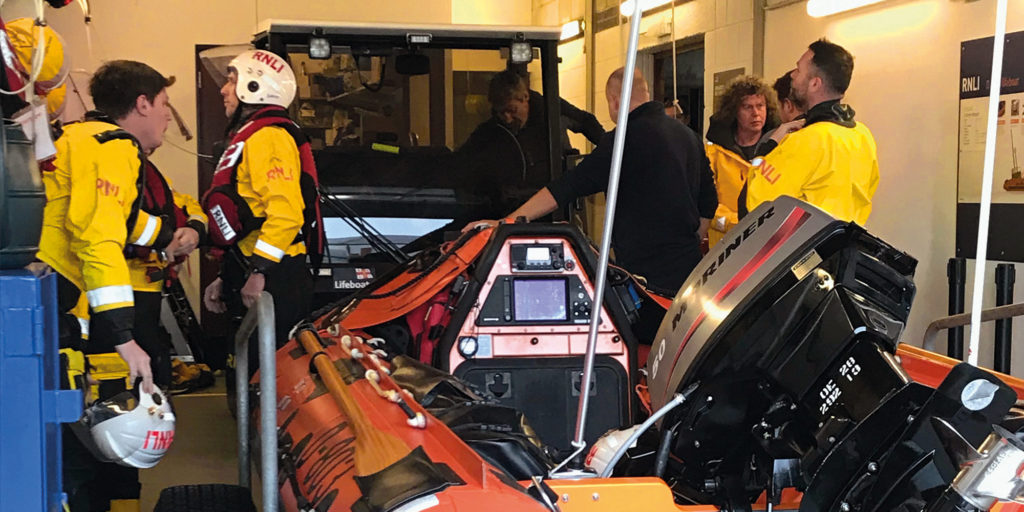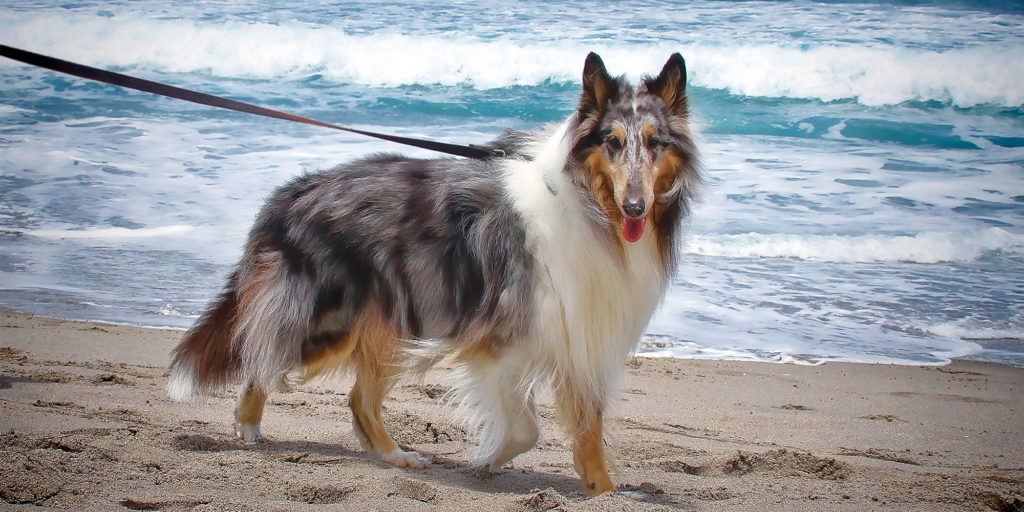

Guardians of The Coast
Meet the teams who keep Cornwall’s coastline safe, from the lifeguards on the beach to the lifeboats at sea.
Picture a beautiful Cornish day by the sea: golden beaches, crystal-clear waters, and families enjoying the sun. Beneath this idyllic scene, a group of unsung heroes keeps watch over Cornwall’s waters, ensuring the safety of residents and visitors alike. The RNLI works tirelessly to respond to emergencies, protect beachgoers and save lives. Together, they form a cohesive and well-oiled machine, always ready to act when the sea turns from serene to perilous.
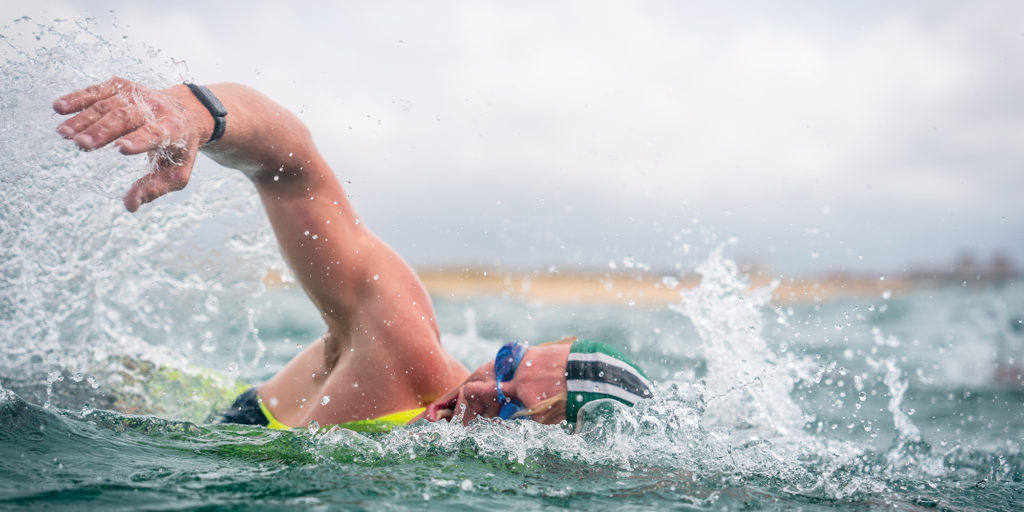
When you think of sea rescues in Cornwall, the first name that likely comes to mind is the RNLI, a lifeline to both locals and tourists. In 2024 alone, they carried out over two million preventative actions. In addition, they attended 13,135 incidents, helped 17,068 people, and saved 85 lives. Cornwall is home to some of the busiest RNLI lifeboat stations in the country. With its 400 miles of coastline and unpredictable weather, Cornwall’s stations are always on high alert. Each station is equipped to deal with a wide range of emergencies – from helping fishermen in distress to rescuing swimmers swept out by rip currents.
What makes Cornwall’s RNLI lifeboat stations so extraordinary is the volunteer crew members who risk their lives for others. These volunteers, many of whom live and work in the local community, are on-call 24/7. They undergo extensive training to ensure they’re prepared for all eventualities, from high-speed rescues to navigating Cornwall’s often treacherous waters.
In addition to the RNLI’s lifeboats, Cornwall’s RNLI Lifeguard stations provide essential, lifesaving cover on our beaches. These teams are stationed along some of the county’s busiest beaches and are tasked with preventing accidents before they happen, as well as responding rapidly when things go wrong.
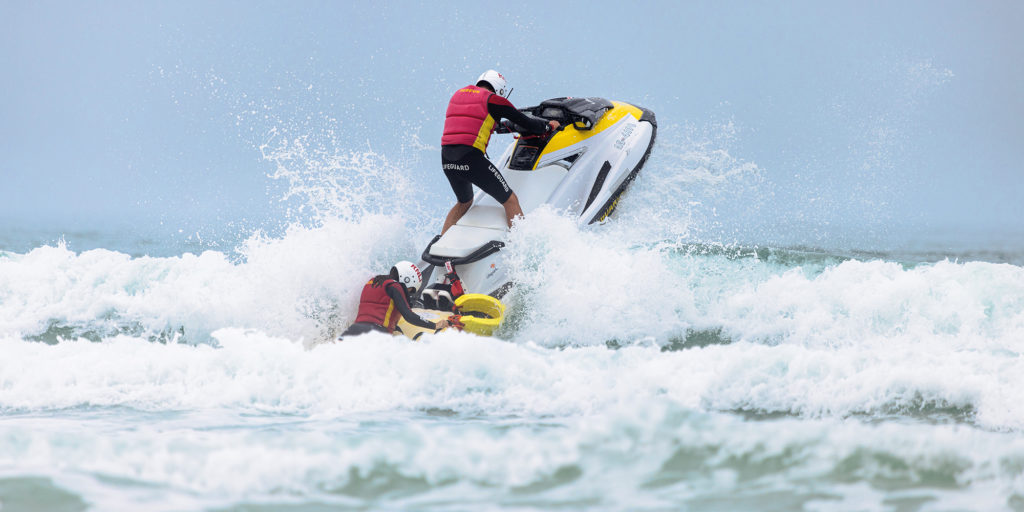
RNLI Lead Lifeguard Supervisor ptrolling on a rescue watercraft (RWC) in the surf at La Braye beach, Jersey. RNLI lifeguard Claudia Cosgrove crewing on the sled.
RNLI lifeguards are often the first responders to any emergency on the beach. Each lifeguard has undergone a rigorous training programme that includes water rescue techniques, first aid, CPR and beach safety awareness. They are expert at spotting rip currents and can quickly identify dangerous hazards for beachgoers. Whether it’s a group of children caught in a rip tide or a surfer in distress, RNLI lifeguards are there, ready to respond.
When Richard, 62, collapsed and fell unconscious on Fistral Beach earlier this year, quick-thinking RNLI lifeguards sprinted to the rescue. “I was trying to talk to Richard, but he fell unconscious and stopped breathing,” recalls his wife Tracey. ‘It was surreal because moments before we were chatting normally. The lifeguards came running full pelt towards us, with their kit, and took over from me. I stood back and watched as one lifeguard did chest compressions and another used the defibrillator on Richard. It all happened so fast.”
Thanks to the quick-thinking lifeguards, Richard regained consciousness in a matter of minutes. But the drama wasn’t over. When the ambulance arrived, Richard was taken to hospital where he learned he’d suffered a cardiac arrest. Richard learned that three of his arteries were blocked and he was going to need a triple heart bypass. Major surgery, but because the lifeguards had acted promptly, his heart was undamaged, and he would likely make a full recovery.
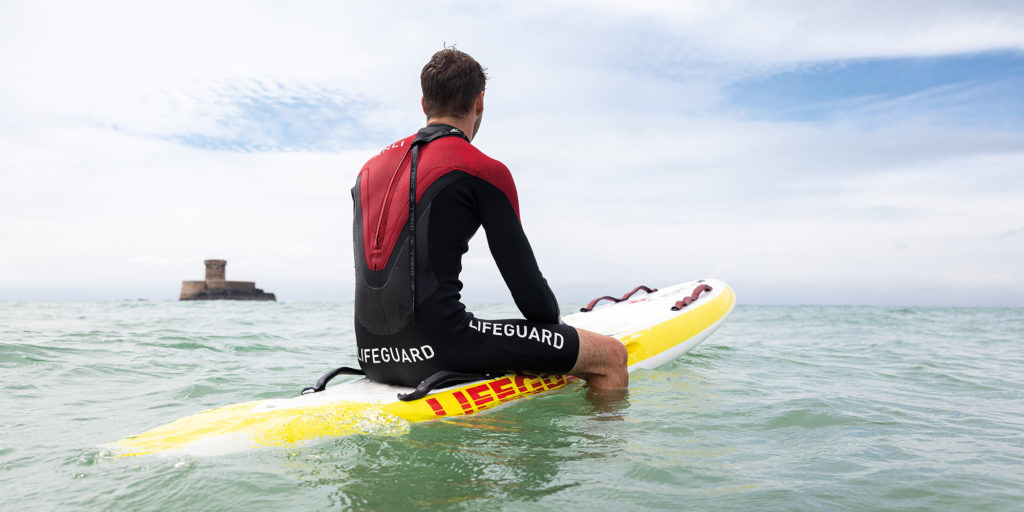
RNLI lifeguard Jean-Louis Angoumare sat on a rescue board monitoring the sea at La Braye beach, Jersey. In water portrait.
Lifeguards and lifeboats often collaborate in complex rescue scenarios. When a swimmer is caught far from shore, lifeguards will guide the rescue operation, while the lifeboats provide the transport to safety. This seamless teamwork is a critical component of Cornwall’s sea safety infrastructure.
Cornwall’s lifeguards learn their skills from a very young age, often as members of one of the Duchy’s many surf lifesaving clubs. Nippers and Youth squads learn to read the beach and the waves and are encouraged to compete to hone their skills. From ocean swimming, board and ski paddling and tube rescues, to beach runs and the fine art of ‘flags’, each of these disciplines teaches our up-and-coming lifeguards the water and land skills required to save lives at sea.
Piran Phillips is a well-known face on Cornwall’s surf lifesaving scene. Having worked as an RNLI Lifeguard he now coaches at Portreath Surf Lifesaving Club as well as competing on the world stage. I asked him why he thinks learning water safety is so important in Cornwall? “Every day I’m in the water as an athlete and lifesaver. I’ve had the luxury of living in Portreath most of my life and the lifesaving club has taught me how to recognise dangers, help those in need, and even use the water conditions to my advantage as a competitor. After almost all the rescues I have done on Cornwall’s coastline, the victim has had little knowledge of how they got into trouble. It’s this knowledge that we need to instil in kids, reinforced through schools, so we can enjoy Cornwall’s coast to the fullest.”
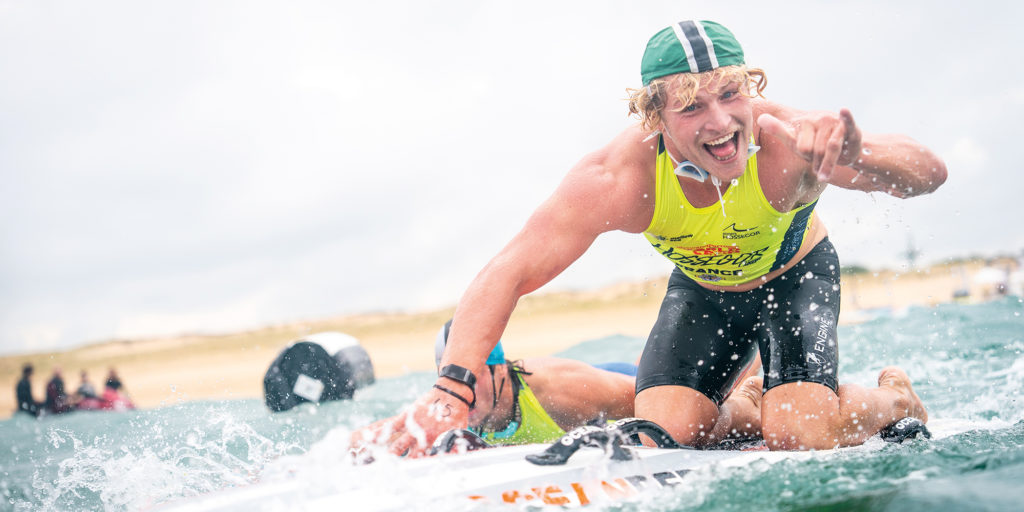
Surf lifesaving clubs in Cornwall help educate and train young people to become more confident and responsible around the sea and teach essential skills, as Piran explains: “Lifesaving is the only sport in the world which offers elite level competition and teaches you how to save a person’s life at the same time. The sport is a gift and one of the world’s best kept secrets. You can learn how to enjoy the ocean by swimming, board paddling, on a surf ski, on an inshore rescue or surf boat. Surf lifesaving clubs are unique in that they offer this much depth of knowledge, skill and fitness levels.
“As Head Coach and a competitor for Portreath SLSC, also competing for GB, I train alongside others several times every day as we push ourselves to become the ultimate athletes, but as lifesavers we’re always on duty and remember our core principle and the meaning behind our sport. In many instances at Portreath, training has paused to help an individual in need, everyone’s safety remains at the forefront.”
For those that haven’t discovered surf lifesaving, I ask Piran how the progression works from club to lifeguard? “Most clubs in Cornwall take on Nippers from the age of 6, but you can join at any age, 12…20…40…65! The beauty of our sport is you can join whoever you are – all clubs will open their arms to new members and help teach you the love we have for the water. Once you reach 16, you can complete the SLSGB Lifeguard Award, which qualifies you to perform rescues and first aid professionally.”

Finally, I’m keen to find out what advice Piran would give to someone visiting the Cornish coast for the first time to help them stay safe in the water? “Visit the lifesaving clubs on the beach, talk to athletes and coaches while they train… most lifesaving clubs have websites or social media accounts which can help give you the best local knowledge for the beach you’re visiting.”
Across the UK and Channel Islands, RNLI lifeguards help keep people visiting the beach safe. If you’re heading to the coast, choose a lifeguarded beach.
